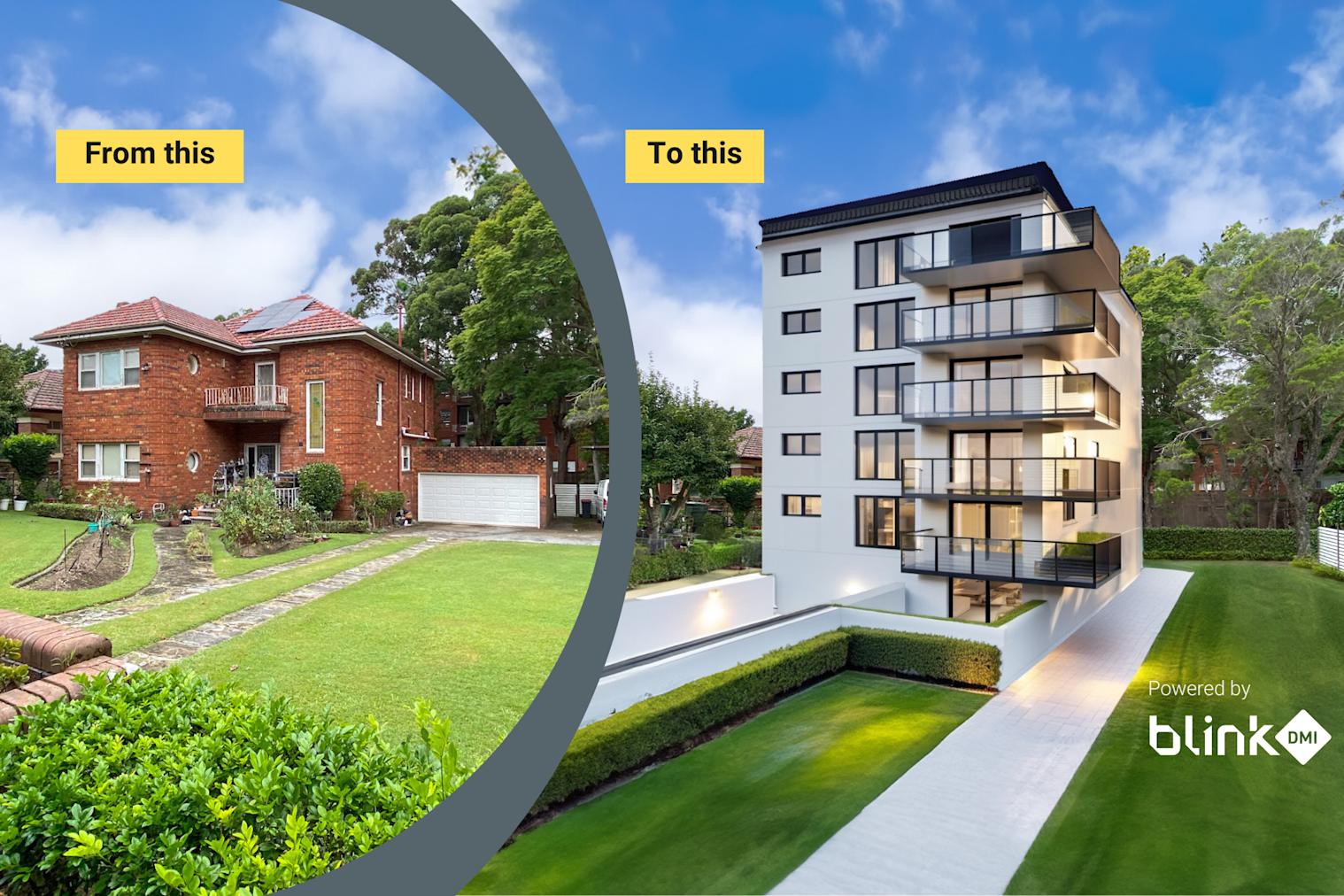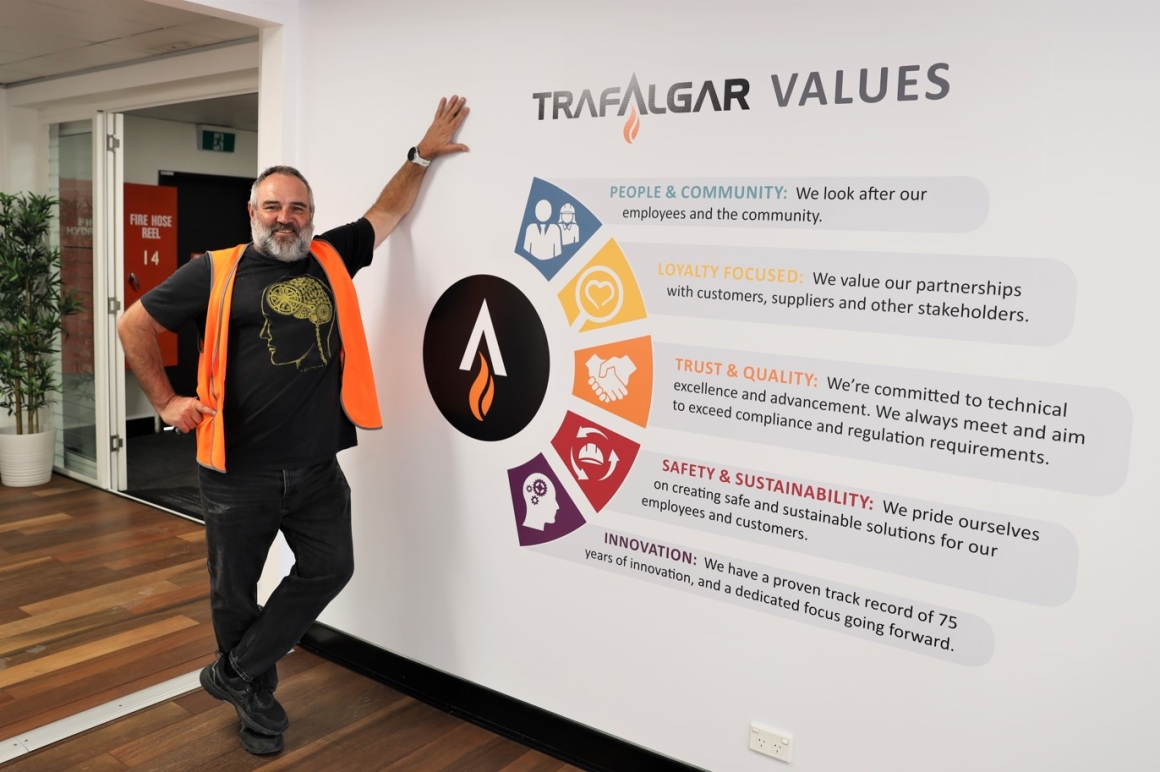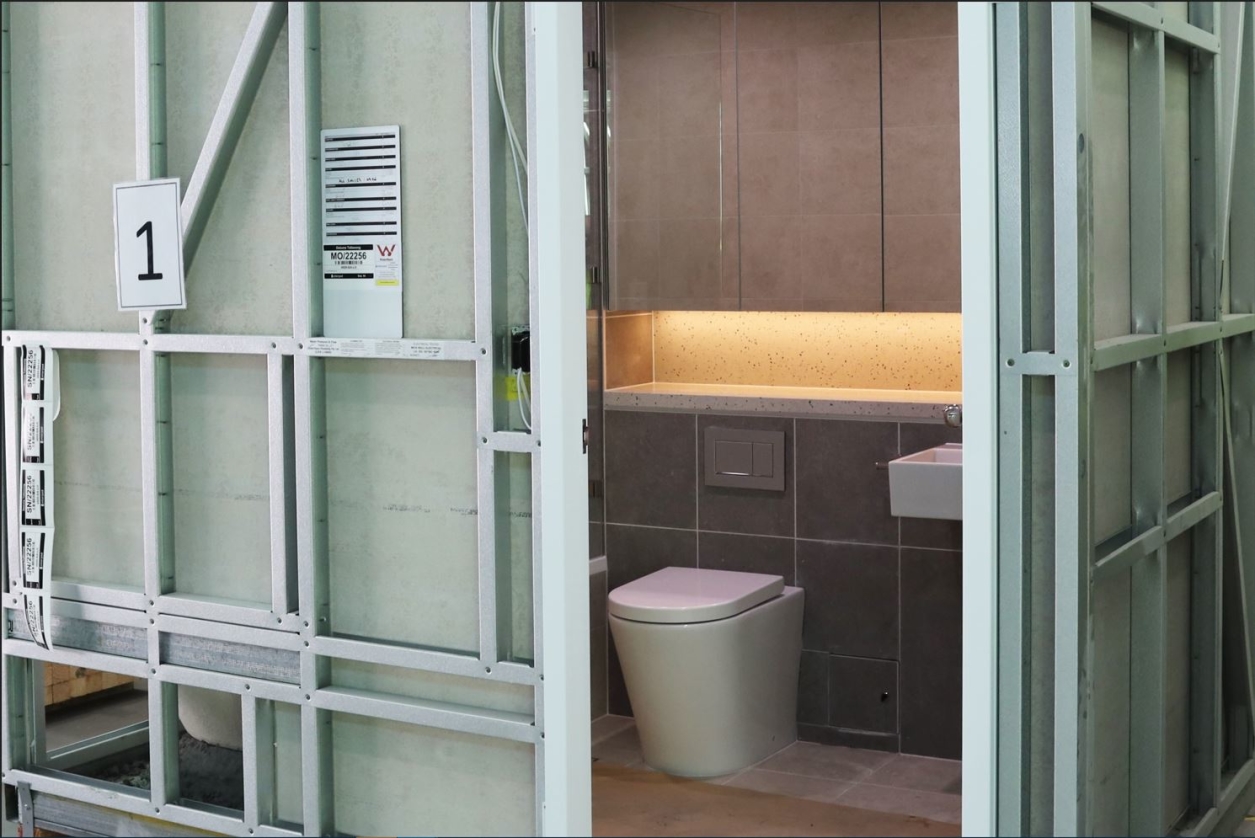
As the federal government's target of delivering 1.2 million homes in five years starts to slip, there are 970 Development Application approved property projects "abandoned" and sitting idle in Sydney, Victoria and Brisbane alone.
1 July 2024 marked the start of the Australian Federal Government's National Housing Accord target of delivering 1.2 million homes in five years. This ambitious goal aims to ease the deepening housing supply and affordability crisis gripping the nation. However, without fundamentally changing property project delivery methods, this target may prove elusive.
Housing targets slip out of reach
Indeed, in May, the National Housing Supply and Affordability Council presented a report stating “ It is unlikely this target will be met without further significant effort. Under current settings, we expect just under one million homes will be delivered in the 5-year period.”
Supporting this in September 2024, the Master Builders Association (MBA) announced that it had increased the predicted housing shortfall to 166,000 homes, citing familiar challenges:
Low productivity
Rising materials costs
Labour shortages of around 90,000 workers
The MBA news release stated that “From 1 July 2024 until 30 June 2029, Master Builders forecasts 1,034,000 new home starts, 13.8 per cent lower than the Accord target.”
Comments by MBA CEO Denita Wawn highlighted key issues: "Productivity in the industry has fallen 18 per cent over the last decade. It's clear that state governments need to expedite the rollout of planning reforms to reduce the high costs and time it takes to build."
Regarding the chasm-like labour gap of 90,000 skilled workers, Ms Wawn says, "domestically we cannot fill this gap" and that "we need to think outside the box" to address the situation.
Multi-storey construction: Where productivity issues bite deepest
Ms Wawn acknowledged that multi-storey residential developments are key to solving Australia's housing crisis, but these projects face the most significant challenges.
"The performance of higher density building will be crucial to meeting the target and combating the housing and rental crisis. Build times for these projects have blown out since the pandemic by around 20 per cent from approval to completion and costs have risen by around 40 per cent."
Construction company failures soar
The economics of property project delivery are also taking a toll on construction companies. In addition to labour shortages, the combined effects of ongoing inflation, high interest rates, and razor-thin margins have led to a record number of insolvencies. According to Australian Securities and Investments Commission (ASIC) data, there was a 40% jump in overall insolvencies to 11,049 in the 12 months to June 2024, with construction accounting for 27% of these failures.
Lost potential: 970 “'abandoned' projects in Sydney, Melbourne and Brisbane alone
The construction industry's struggle to counter these perennial issues has resulted in a significant loss of potential housing.
A quick search of the Cordell property database for development projects greater than $10 million and four storeys and above reveals:
In Sydney, Melbourne and Brisbane alone, 970 Development Application approved property projects are marked as "abandoned" and are sitting idle.
This equates to a potential housing supply of more than 120,000 apartments* ready to be built but unable to proceed due to lack of feasibility. That’s a potential $69B* in estimated project value going to waste (*PT Blink calculations).
Nationally, PT Blink estimates there are approximately 16,000 abandoned projects sitting idle.
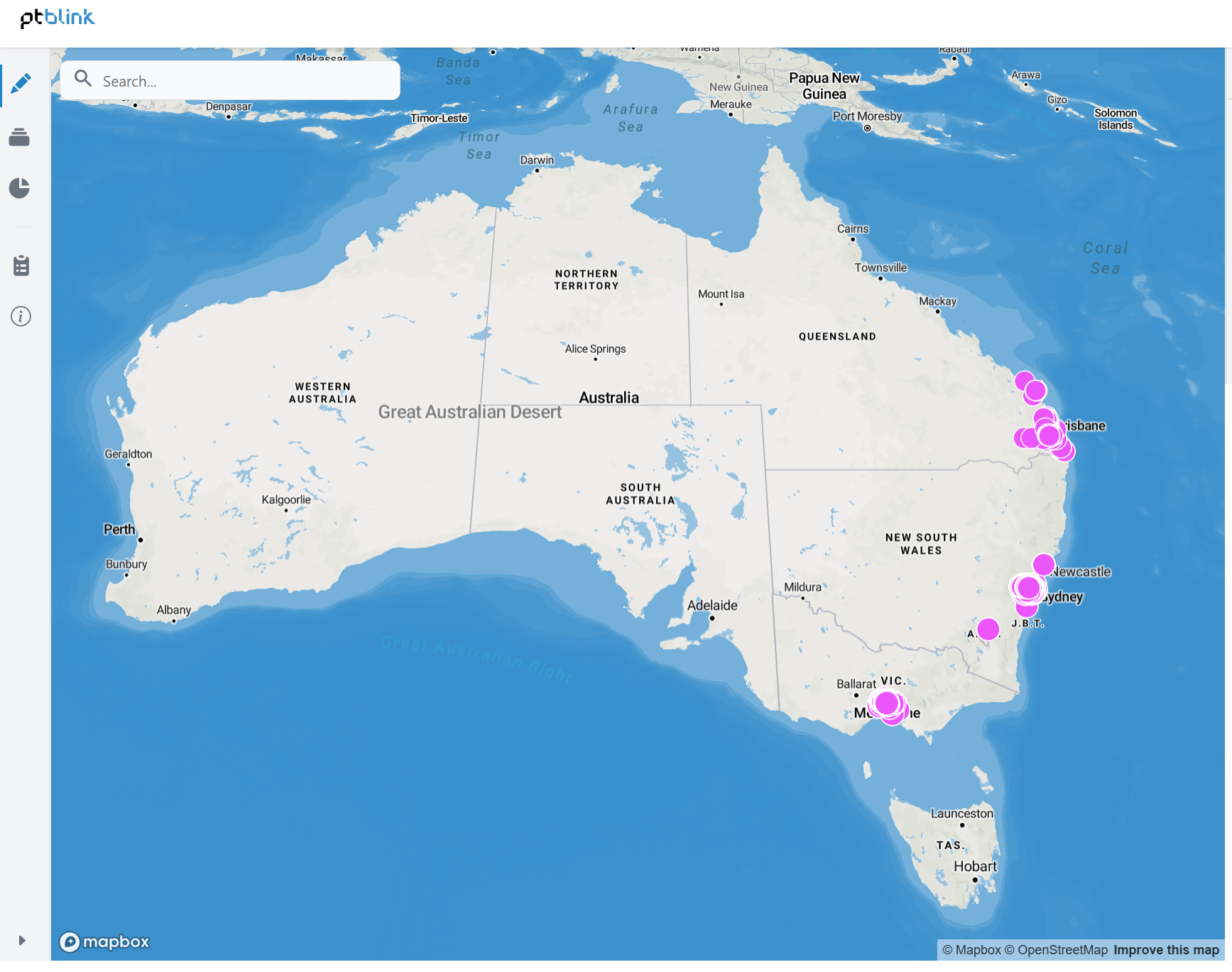
Slashing time: The key to solving the feasibility problem
To address these challenges and unlock housing supply, the industry must focus on reducing project timelines. PT Blink's innovative Blink DMI® process offers a revolutionary solution that significantly cuts build times and improves project feasibility by:
Reducing financing costs through faster project completion.
Minimising exposure to market fluctuations with shorter construction periods.
Accelerating return on investment for developers.
Tapping into existing labour supply through offsite, process-driven manufacturing.
The Blink DMI® process applies manufacturing principles and centralised control to produce entire buildings. This approach offers:
Speed and risk assurance advantages of a repeatable product.
Freedom to deliver creative intent and performance attributes of architectural designs.
Compliance with building and energy codes.
A complete bill of materials upfront.
An efficient process enabling a faster path to early estimates, feasibility, permits, manufacturing, assembly, integration and delivery.
By leveraging the efficiency of the Blink DMI process and the Blink Backbone proprietary post-tensioned steel structural technology, PT Blink may enable developers to realise their asset value around 50% faster than traditional construction. Factoring in the time value of money, this can drastically change financial outcomes and project feasibility, enabling a much higher Internal Rate of Return for suitable projects (See a Blink DMI Project summary below).
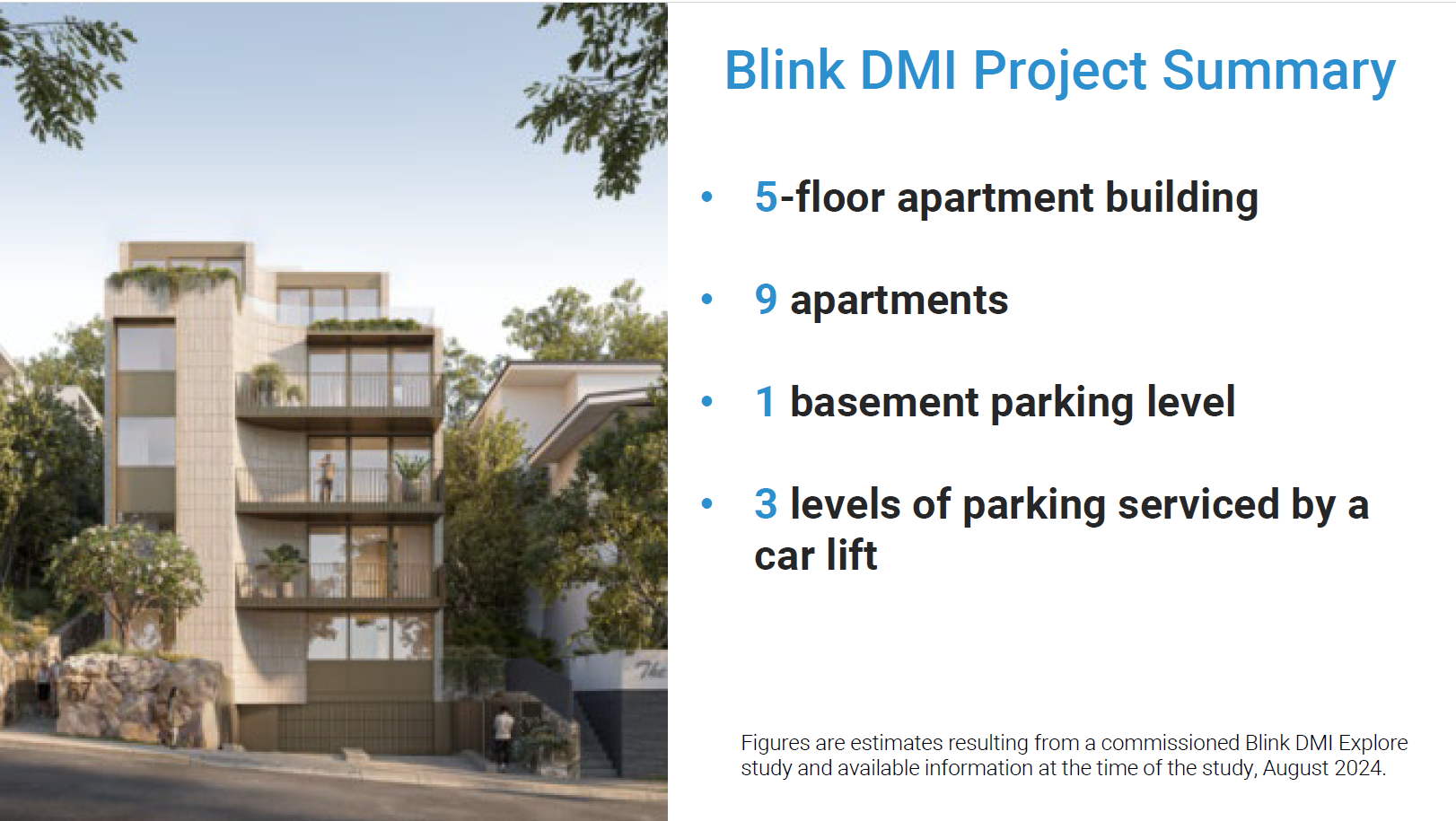
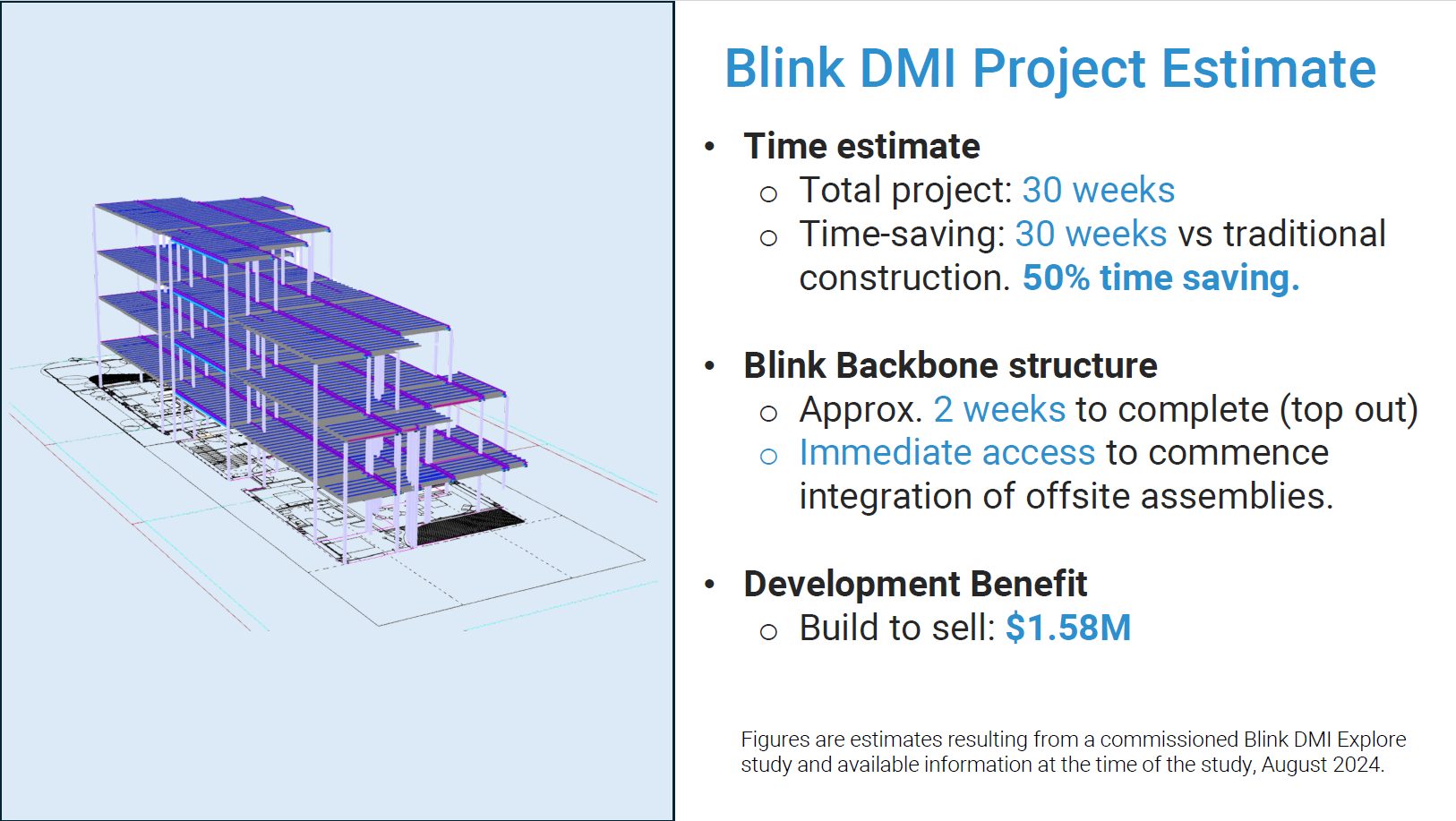
For builders using the Blink DMI method, a potential halving of project time can enable twice as many projects to be completed with the same capital, thereby improving their annualised profitability.
Conclusion: Embracing innovation to meet housing needs
PT Blink's Blink DMI® technology and process, the industry can overcome current challenges and unlock the potential of thousands of approved projects that are currently not feasible.
As we look to the future, it's clear that business-as-usual approaches will not suffice. Only by reimagining the construction process through innovations like Blink DMI® can we hope to meet the pressing housing needs of Australians and create a more sustainable, efficient building industry.
